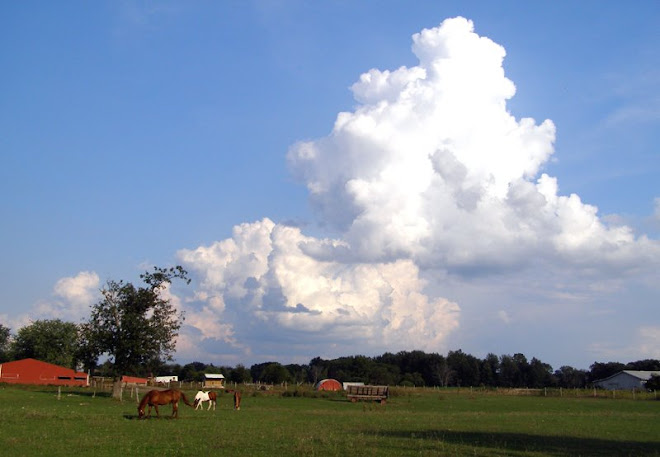-
 I have been feeling powerless facing this crazy world and its messes. I hardly read the news any more and fear I am falling into the gutters of complacency. I got stressed at work, draining me, but even in my most energetic times I have felt ill equipped to face, let alone help with the world's problems. I've stopped huffing, partly because I'm not paying as close attention as I did during the presidential campaign last year, and partly because I want to send more positive energy out. Yet I've felt conflicted for just going on, posting about beauty, and joy - as long as there is brokenness, greed, ill will, war, violence, environmental destruction, heartbreak, hunger, death, poverty, anxiety and despair anywhere on earth (including inside me).
I have been feeling powerless facing this crazy world and its messes. I hardly read the news any more and fear I am falling into the gutters of complacency. I got stressed at work, draining me, but even in my most energetic times I have felt ill equipped to face, let alone help with the world's problems. I've stopped huffing, partly because I'm not paying as close attention as I did during the presidential campaign last year, and partly because I want to send more positive energy out. Yet I've felt conflicted for just going on, posting about beauty, and joy - as long as there is brokenness, greed, ill will, war, violence, environmental destruction, heartbreak, hunger, death, poverty, anxiety and despair anywhere on earth (including inside me).So when I ran across environmental activist Paul Hawken's May 3rd commencement address at the University of Portland, something in me melted. He said:
Let's begin with the startling part. Class of 2009: you are going to have to figure out what it means to be a human being on earth at a time when every living system is declining, and the rate of decline is accelerating. Kind of a mind-boggling situation... but not one peer-reviewed paper published in the last thirty years can refute that statement. Basically, civilization needs a new operating system, you are the programmers, and we need it within a few decades.
I invite you - I implore you - to read the whole speech. It doesn't take long. I want you to feel the same hope I feel. The problems of the world are being solved by little people like you and me, one by one and in small groups - not in big governments or corporations.
Also if you have time, watch and listen to Paul Hawken's 6 minute video addressing Bioneers 2006 about the unnamed movement on this gorgeous planet of those who are taking it upon themselves to work for social and environmental justice: at Blessed Unrest, or at YouTube below.
The poet Adrienne Rich wrote, "So much has been destroyed I have cast my lot with those who, age after age, perversely, with no extraordinary power, reconstitute the world."
We are connected. We are one. If anyone hurts, I hurt."One day you finally knew what you had to do, and began, though the voices around you kept shouting their bad advice," is Mary Oliver's description of moving away from the profane toward a deep sense of connectedness to the living world.
You can get involved by exploring your areas of concern and hooking up with a group, via Paul Hawken's site called WiserEarth. You can explore groups and organizations, and areas of focus such as organic farming, peace or poverty alleviation. Or how the arts - writing, visual art, film, music - help address our problems. There is a vast network there at WiserEarth, so it might take some time. I just became a member. You can find out who's working where, raise awareness, and connect with a network.
The Summer Day
x x by Mary Oliver
Who made the world?
Who made the swan, and the black bear?
Who made the grasshopper?
This grasshopper, I mean-
the one who has flung herself out of the grass,
the one who is eating sugar out of my hand,
who is moving her jaws back and forth instead of up and down-
who is gazing around with her enormous and complicated eyes.
Now she lifts her pale forearms and thoroughly washes her face.
Now she snaps her wings open, and floats away.
I don't know exactly what a prayer is.
I do know how to pay attention, how to fall down
into the grass, how to kneel down in the grass,
how to be idle and blessed, how to stroll through the fields,
which is what I have been doing all day.
Tell me, what else should I have done?
Doesn't everything die at last, and too soon?
Tell me, what is it you plan to do
with your one wild and precious life?
from New and Selected Poems,
1992 Beacon Press, Boston, MA
























































